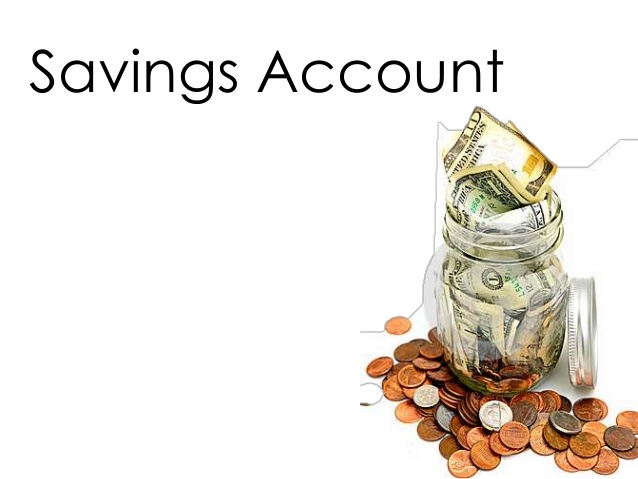Saving Deposit
Saving money for a mortgage deposit To get a good mortgage deal with low interest rates, you often need a dauntingly big deposit. Follow our step-by-step guide on how to make saving for a house or flat manageable and turn your home-buying dream into reality. Savings Deposit Program The DOD Savings Deposit Program (SDP) was established to provide members of the uniformed services serving in a designated combat zones the opportunity to build their.
A savings account is a bank account at a retail bank whose features include the requirements that only a limited number of withdrawals can take place, it does not have cheque facilities and usually do not have a linked debit card facility, it has limited transfer facilities and cannot be overdrawn. Traditionally, transactions on savings accounts were widely recorded in a passbook, and were sometimes called passbook savings accounts, and bank statements were not provided; however, currently such transactions are commonly recorded electronically and accessible online.
People deposit funds in savings accounts for a variety of reasons, including as a safe place where to hold their cash. Savings accounts normally pay interest. A number of countries require savings accounts to be protected by deposit insurance and some countries provide a government guarantee for at least a portion of the savings account balance.
There are a number of types of savings accounts for particular purposes, such as for young savers, for retirees, Christmas club accounts, investment accounts, money market accounts, besides other. Some accounts require a minimum deposit, a deposit on a regular basis, notice of withdrawal, and other special conditions.
Almost all savings accounts accrue compound interest over time.
Regulations[edit]
Saving Deposit Rates
United States[edit]
In the United States, Sec. 204.2(d)(1) of Regulation D (FRB) limits withdrawals from savings accounts to 6 pre-authorized transfers or withdrawals (excluding withdrawals via an automated teller machine) per month or a statement cycle of at least four weeks. There is no limit to the number of deposits into the account. Violations of the regulation may result in a service charge, or may result in the account being changed to a checking account.
Regulation D sets smaller reserve requirements for savings account balances. In addition, customers can plan withdrawals to avoid fees and earn interest, which contributes to more stable savings account balances on which banks can lend. A savings account linked to a checking account at the same financial institution can help avoid fees due to overdrafts and reduce banking costs.[1]
High yield savings accounts[edit]
High yield savings accounts, sometimes abbreviated to HYSA, are a type of savings account with higher interest than normal savings accounts. These accounts typically earn 10 times more in interest than a normal savings account. HYSA's can be a good option for short term investing.[2][3][4]

References[edit]
- ^Amy Fontinelle. 'Banking: Savings Accounts 101'.
- ^Knueven, Liz. 'The only difference between regular and high-yield savings that matters is the one that earns you 10 times more on your money'. Business Insider. Retrieved 30 December 2020.
- ^Gravier, Elizabeth (22 June 2020). 'What a high-yield savings account is and how it can grow your money'. CNBC. Retrieved 30 December 2020.
- ^Karl, Sabrina. 'What Is a High-Yield Savings Account?'. Investopedia. Retrieved 30 December 2020.
External links[edit]
Savings account.
A savings account is a deposit account in a bank or credit union that pays interest on your balance -- though some institutions require that you have at least a minimum amount in the account to qualify for earnings.
You can deposit and withdraw from savings accounts as you wish, but you can't transfer money from the account directly to other people or organizations.
While savings accounts typically pay interest at a lower rate than other bank accounts, that may not always be the case. Savings accounts are insured by the Federal Deposit Insurance Corporation (FDIC) or the National Credit Union Share Insurance Fund.
You're covered up to $100,000 in each of three different categories of account in a single bank, or up to $250,000 if an account is a self-directed retirement account (IRA). Different branches of the same bank count as one bank.